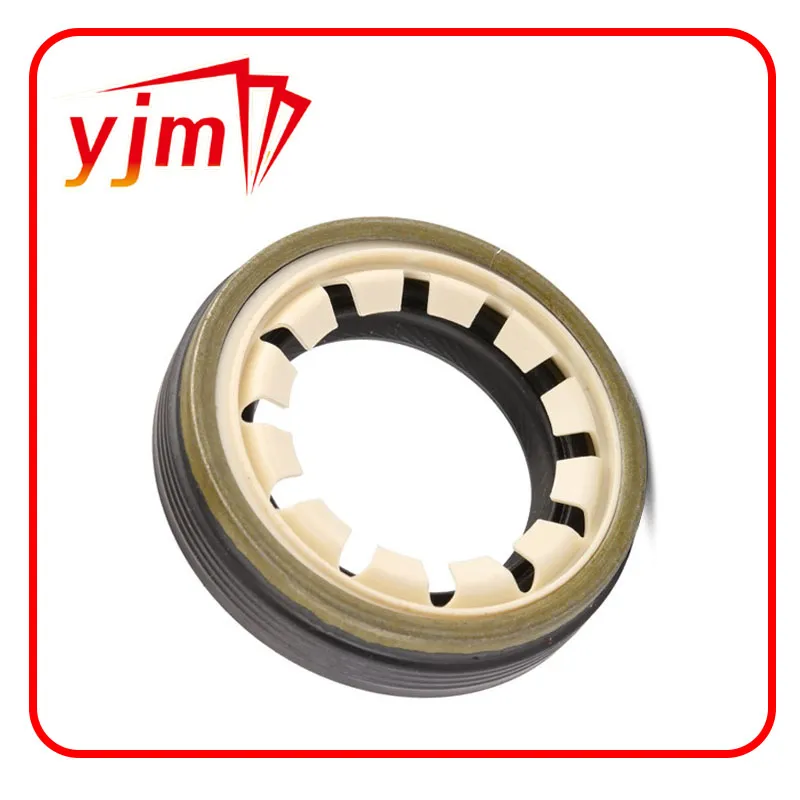Understanding the Seal Between Engine and Transmission for Optimal Performance
Understanding the Importance of the Seal Between Engine and Transmission
When we think about the functioning of a vehicle, we often focus on the powerful engine, the sophisticated transmission system, or the intricate workings of the electronics. However, one vital component that tends to be overlooked is the seal between the engine and transmission. This seemingly simple part plays a crucial role in ensuring the efficiency, performance, and longevity of a vehicle.
What is the Seal?
The seal between the engine and transmission is designed to prevent fluid leaks from the engine to the transmission and vice versa. It is typically made from high-quality rubber or a similar material that provides a tight fit and can withstand the varying temperatures and pressures that occur in these systems. The seal also protects the internal components from contaminants, dust, and moisture, which can degrade performance and lead to severe damage over time.
Importance of the Seal
1. Fluid Containment Both the engine and transmission require specific fluids to function correctly. The engine relies on engine oil for lubrication, while the transmission needs transmission fluid. If the seal fails, these fluids can leak, leading to a reduction in performance. Over time, a lack of adequate lubrication can cause parts to wear out prematurely or even result in catastrophic failure of the engine or transmission.
2. Prevent Contaminants The seal not only keeps the fluids contained but also prevents dirt, debris, and moisture from entering the engine and transmission. Contaminants can compromise the functionality of both systems, clogging filters and damaging internal components. A good seal ensures that the inside of these systems remains clean, promoting efficient operation and prolonging the life of your vehicle.
3. Performance Efficiency When the seal is in good condition, it helps to maintain optimal pressure within the transmission and engine systems. This is particularly important for the proper functioning of hydraulic systems, which rely on consistent pressure levels for shifting gears effectively. A compromised seal can lead to poor shifting performance and overall reduced vehicle efficiency.
4. Cost-Effectiveness Regular maintenance that includes checking the engine and transmission seals can save owners significantly on repair costs. Replacing a faulty seal is generally much cheaper and simpler than repairing or replacing damaged engine or transmission parts caused by fluid leaks or contamination. By proactively maintaining the integrity of the seal, vehicle owners can avoid costly repairs in the long run.
seal between engine and transmission

Signs of Seal Failure
Recognizing the signs of seal failure early can help you address any issues before they escalate. Common indicators include
- Fluid Leaks Puddles of oil or transmission fluid under the vehicle are the most obvious signs. If you notice fluid pooling, it’s essential to check the seals immediately. - Warning Lights Some vehicles are equipped with warning lights that indicate low fluid levels. This can be due to a leak caused by a failing seal. - Unusual Noises Grinding or whining noises from the transmission can indicate a problem with the seal or other transmission components.
- Poor Performance If your vehicle is not shifting correctly or experiences harsh shifts, it may be time to inspect the seal.
Routine Maintenance
To ensure the longevity of the seal between the engine and transmission, regular inspections and maintenance are key. This includes checking for any signs of wear, replacing fluids at recommended intervals, and ensuring that all connections and fittings are secure. If a seal is compromised, it should be replaced as soon as possible to avoid more extensive damage.
Conclusion
The seal between the engine and transmission may not be the most glamorous component of a vehicle, but its role is undeniably vital. By preventing fluid leaks, protecting against contaminants, and ensuring performance efficiency, it contributes significantly to the overall reliability and longevity of the vehicle. Paying attention to this component can lead to a smoother, problem-free driving experience and save money on repairs. Therefore, vehicle owners should include the inspection of this seal in their routine maintenance check-ups to keep their vehicles running optimally for years to come.
-
The Ultimate Guide to Car Repair Kits: Tools and Essentials Every Driver Should Own
News Aug.01,2025
-
The Complete Guide to Oil Pan Gaskets: Sealing Engine Leaks the Right Way
News Aug.01,2025
-
Preventing Oil Leaks: A Complete Guide to Oil Pan Gaskets and Drain Seals
News Aug.01,2025
-
Everything You Need to Know About Oil Pan Gaskets and Drain Plug Seals
News Aug.01,2025
-
Essential for Car Owners: How to Use a Car Repair Kit to Deal with Minor Breakdown
News Aug.01,2025
-
Comprehensive Guide to Engine Oil Sump Gaskets and Related Seals
News Aug.01,2025
-
The Ultimate Guide to Boat Propeller Bearings and Trailer Wheel Bearings
News Jul.31,2025
Products categories















